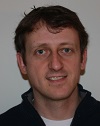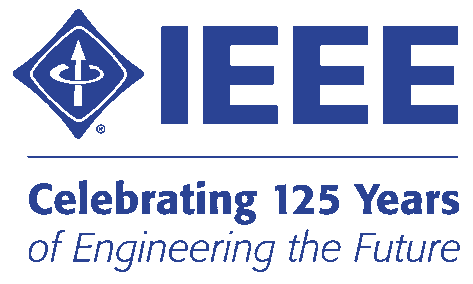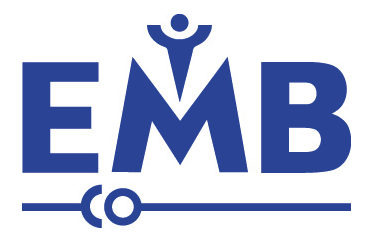| events | executive | news |
The EMBS Chapter of the IEEE Ottawa Section was recognized as the Best Ottawa Chapter in 2008, 2010, 2014, 2019, and 2022 and received the Outstanding Chapter Award from IEEE EMBS in 2011!
Cartilage biomechanics: A multidisciplinary approach to understanding tissue function and degeneration

Assistant Professor, Dept Mechanical and Aerospace Engineering, Carleton University
Friday September 26, 2014 13:30 - 14:30
Mackenzie Building Room 4332, Carleton University
abstract
Osteoarthritis (OA) is a painful and debilitating disease of articular joints that affects over 4 million Canadians and costs the Canadian healthcare system an estimated $6.4 billion per year. OA is the leading cause for artificial joint replacements, and is responsible for approximately 90% of the 22,000 hip replacement surgeries per year. The mechanism causing degeneration is not well understood. Patients are usually diagnosed with OA only after the onset of symptoms, at which time degenerative changes of the joint may be severe and joint replacement is often necessary to relieve pain and restore function. As a further consequence, the study of the early stages of OA degeneration is difficult.
Articular cartilage undergoes several changes during degeneration. From an engineering perspective cartilage is a fascinating material. It is composed of approximately 70% water and a network of complex molecules that govern its behavior and allow it to support large loads while providing virtually friction-free motion. This seminar will review the biomechanics of articular cartilage, known biomechanical and biochemical changes that occur in arthritic cartilage and surround tissues, and conditions that are associated with an increased risk of degeneration. These phenomena may be investigated in the lab, in the operating room and using novel medical imaging techniques.
biography
Andrew Speirs is an assistant professor in the Department of Mechanical and Aerospace Engineering. He received a BScE (1996) from Queen's University, MASc (2001) from the University of British Columbia and PhD (2013) from Carleton University, all in mechanical engineering. He has worked in research laboratories in Bern, Switzerland, and Berlin, Germany as well as at the Ottawa Hospital, with a focus on orthopaedic implant performance and bone and soft tissue mechanics. He has also worked at a medical device manufacturer, as Director of R&D, overseeing the design and manufacturing of fracture fixation devices.
Last updated September 19, 2014


